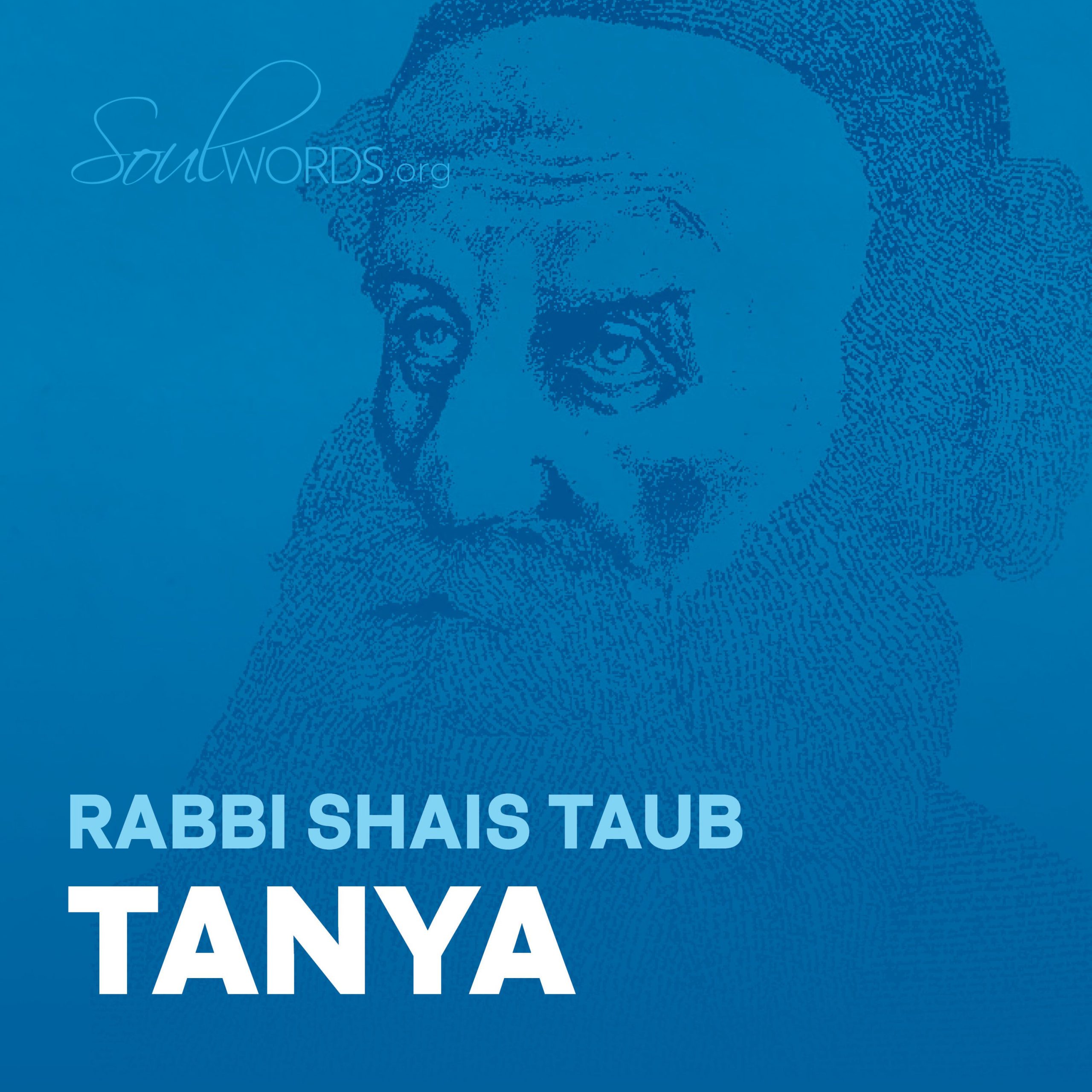Episodes
We cannot change our feelings at will, but we can control our behaviors. The beinoni need not feel the love and awe of G-d that a tzadik does. Instead, the beinoni focuses on the three "garments" of thought, speech, and action.
Published 12/24/16
We continue to learn about the personality of the beinoni. Emotionally, the beinoni is no different than a rasha, yet behaviorally he resembles a tzadik.
Published 12/23/16
The beinoni is one who experiences the inner conflict of a rasha yet whose behaviors are indistinguishable from those of a tzaddik. The beinoni manages this by exercising the natural superiority of the mind over the heart (hamoach shalit al halev.)
Published 12/22/16
The tzaddik is the one who has defeated his or her animal soul either incompletely by neutralizing it or completely by transforming it. The rasha has not defeated the animal soul and sometimes allows it to gain control of the modes of expression (garments.)
Published 12/21/16
The body is compared to a small city over which two kings battle for total domination.
Published 12/20/16
These chapters look at the unholiness within our own animal soul as well as in the universe around us. Just as the G-dly soul is composed of ten holy powers and expresses itself through three modes of holy behavior, so does the animal soul possess ten unholy powers and express itself through ten unholy modes of behavior (Ch 6). In the world around us, there is neutral negativity which can be elevated and refined (Ch. 7), as well as irredeemable negativity which must be avoided (Ch. 8).
Published 12/19/16
Torah study is unique among all mitzvos, for all other mitzvos are "garments" for the soul while the study of Torah is "food." Whenever we study Torah, we fuse and unite our minds with Divine will and wisdom and this has a permanent effect on how we see the world.
Published 12/18/16
The G-dly soul seeks expression through three modes or "garments"--namely, thought, speech, and action.
Published 12/17/16
The make up and composition of the G-dly soul is the "ten soul powers" or "kochos hanefesh" which correspond to the Ten Sefiros. These soul powers are further subdivided into three intellectual and seven emotional capacities.
Published 12/16/16
The "second soul" described in Tanya is the impulse for losing oneself in the Oneness of G-d. This chapter describes the selflessness of the "nefesh elokis" (G-dly soul) as opposed to the self-preservation of the "nefesh habehamis" (animal soul.) This soul is equally present within every Jew regardless of their spiritual standing. This is one's true self which one reveals by being connected to a tzadik.
Published 12/15/16
Is perfection attainable? The Tanya redefines our understanding of what it means to serve G-d.
Published 12/14/16


